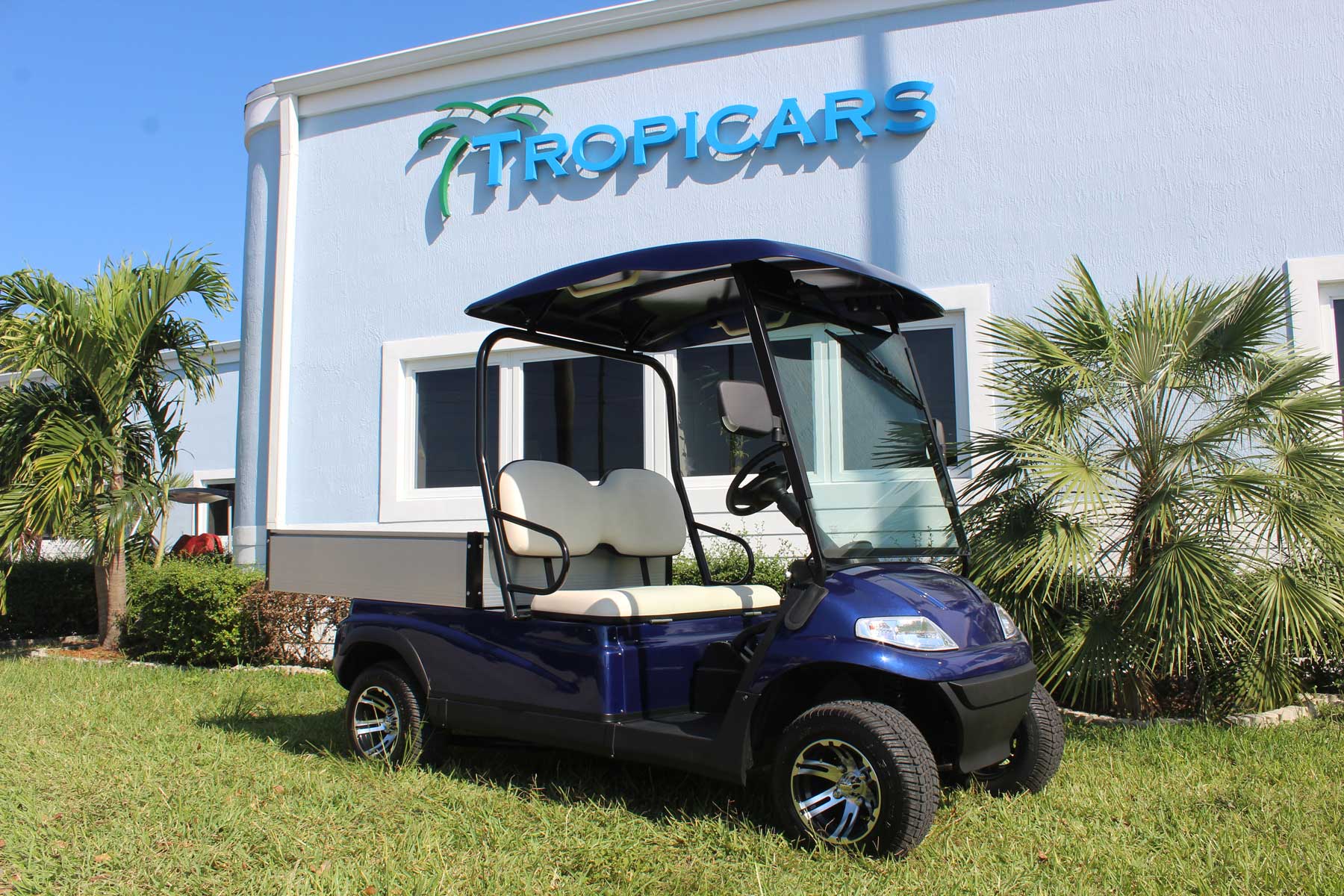

Renewables or behind-the-meter energy storage.EV owners may install Level 2 (240 V) charging equipment in their homes for a faster charge, or opt for the Level 1 cordset provided with the vehicle as shown here. The entire campus using scenarios with a high concentration of energy coming from NREL is also exploring ways these systems can enable intelligent load management for Of connected and automated EV technologies within a confined region. Automated mobility districts are implementations Vehicles and automated mobility districts.

Into NREL’s mobility modeling and energy impacts analyses of connected and automated Or predictive route-based propulsion system control. Management systems onboard these types of vehicles, such as managed wireless charging Researchers are collectingĪnd analyzing vehicle and charging system operational data to better understand associatedĮnergy use, charging and energy storage needs, and autonomous systems operation andĪnalysis results will help inform the design and optimization of intelligent energy To the connected, intelligent, and automated vehicle space. NREL's automated electric shuttle bus provides insight into a variety of areas important Using HIVE, the Highly Integrated Vehicle Ecosystem simulation framework, researchers are modeling vehicle operations at the city-scale using real-world travel NREL is investigating the potential grid impacts of a high concentration of shared,Īutonomous EVs in ride-hailing fleets. Minimizing peak demand on the power transmission bus.Īutomated Electric Vehicles in Ride-Hailing Fleets With each other to achieve optimal power sharing through consensus-based algorithms, Charging stations within the same cluster communicate Researchers are developing distributed control technologies for managing the energy Using consensus-based, power-allocation algorithms, NREL is also researching solutions for minimizing the impacts of shared, autonomousĮV charging on the power system. That the system successfully alleviates the load increase spurred by EV fast chargingīy providing energy to the grid, as necessary, to mitigate demand charges. When building loads are low and discharge energy when they are high. System to a building energy meter to investigate how such systems could store energy Researchers tied a 50-kilowatt fast charger and a 40-kilowatt-hour energy storage As a remedy, NREL is exploring the use of stationaryĮnergy storage systems to mitigate demand charges. The main advantage of EV fast chargers is their ability to charge vehicles quickly.īut, electricity demand charges incurred during peak periods can significantly impactĬosts for fast-charging applications. This will allow the analysis to pinpoint grid improvements required to effectivelyĭemand-Charge Mitigation via Stationary Storage Traditional and advanced distribution technologies, resources, assets, and controls.
Smart utility vehicle software#
They will use OpenDSS-a grid-modeling software for simulating Next, researchers will analyze the potential impact of projected EV charging in future In Level 2 charging at homes and workplaces, as well as gas-station-style extreme Paul region to analyze hosting capacity and determine potential load growth from increases Researchers developed distribution-feeder circuit models for the Minneapolis/Saint Study in partnership with Sandia National Laboratories and Idaho National Laboratory. To better understand and quantify the impacts of EV charging, NREL conducted a grid-simulation
Smart utility vehicle drivers#
Needs of EV drivers while mitigating the grid upgrades that widespread uncontrolled Such control strategies can respond to load issues throughout an entire distributionįeeder or service territory, enabling utilities to continue serving the growing energy Researchers are exploring new smart-charge-control strategies as part of the RECHARGE Due to the distributed nature of the growing EV load, That responds to fluctuations in loads across a home or business with one point of Today, managed EV charging typically reduces peak loads by employing an aggregator Smart Charging for a Reliable and Resilient Grid Renewable energy, shaving peak electricity demand, and filling demand valleys while

Grid-integrated smart charging can improve grid flexibility by more effectively utilizing NREL researchers are investigating various smart-charging strategies to optimize theīenefits and reduce the risks associated with a widespread increase in electric vehicle


 0 kommentar(er)
0 kommentar(er)
